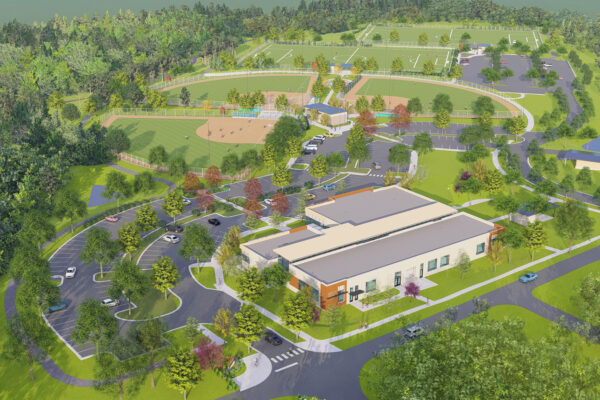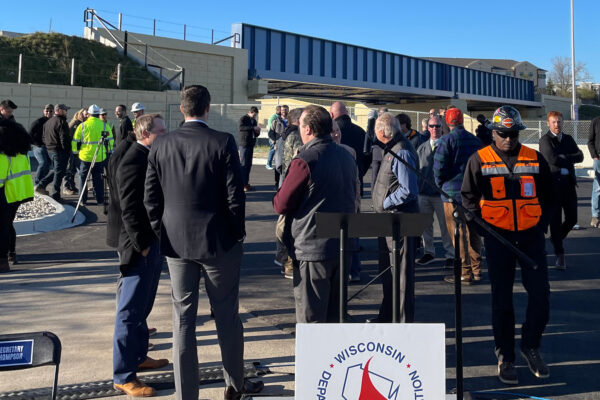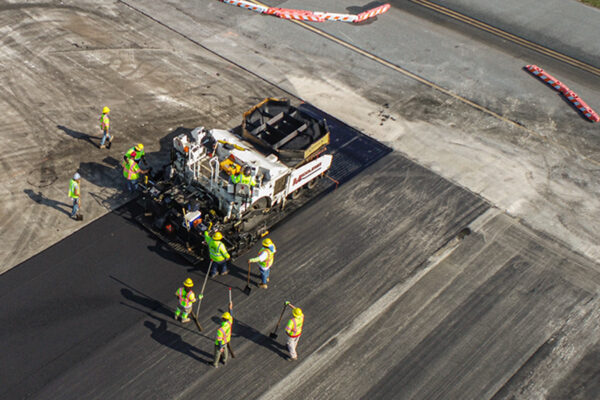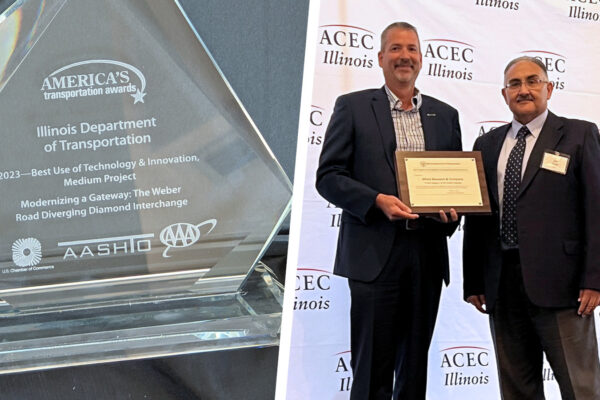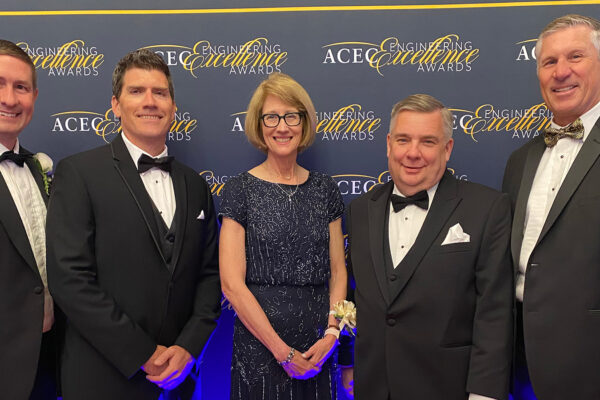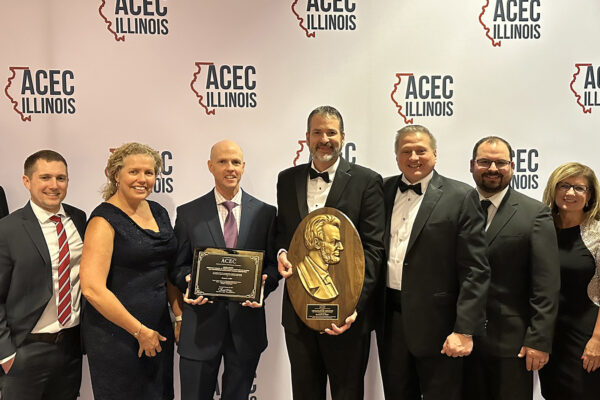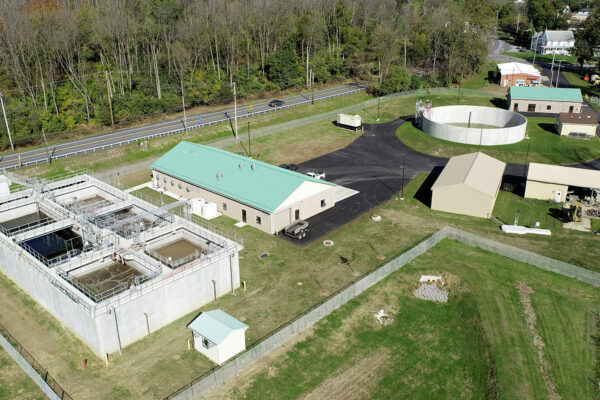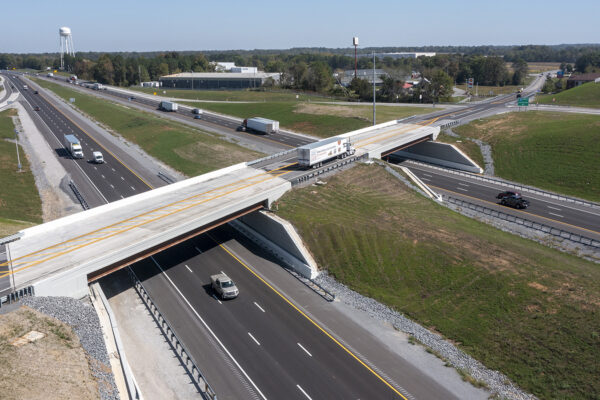Specialized Team Solves Grade Crossing Challenges

Though down from the previous year, the number of highway/rail grade crossing incidents still approached 2,000 in 2020, cementing the importance of safe and effective grade crossing design. By harnessing a diverse set of skills and tapping into a shared passion, a group of 11 dedicated Benesch engineers tackle some of the most challenging grade crossing projects around the nation.
“Through mentorship and a dedication to creating truly safer communities, we’ve built a team that can find solutions where others can’t. Our particular approach combines both railroad signal and traffic signal expertise, ensuring we can deliver the most effective design for any grade crossing challenge,” explained Senior Project Manager Rick Campbell.
Drawing on traffic, civil, electrical, railroad signal and traffic signal engineering skills, the team is uniquely suited to offer a suite of services including diagnostic inspections, railroad preemption, quiet zones and railroad signal design.
For the number one crash site in Texas, these skills meant lives saved. BNSF Railway investigated the Griggs, Long and Mykawa intersection in Houston for years, as it experienced 15-20 crashes per year. Despite their investigations, a solution remained elusive—that’s what led BNSF Railway to engage with members of the Benesch Team.
“We were able to look at the complex geometrics of the crossing, work through a solution and make meaningful improvements,” said Kurt Anderson, Benesch’s group manager for grade crossing engineering services.
The Benesch team assessed the intersection and its four grade crossings to determine the best course for improvements. After a graphical simulation was presented, stakeholders approved a design providing track clearance by lowering the gates approaching the intersection while the gates for vehicles clearing the intersection remain up.
“Three years after implementation, it went from being the top crash site to having zero design-related incidents,” remarked Anderson.
This type of challenge isn’t unusual for the team. Because of their engineering expertise and advanced knowledge of varying state and railroad standards, they are often tasked with finding innovative ways to improve some of the most dangerous crossings.
Senior Project Manager Nicole Jackson’s work has led her to develop a modern technological solution for a prevalent problem: vehicles stopping on tracks.
“For instances where people are prone to stopping on the tracks, we’ve developed a system that senses the car and initiates a visual and verbal warning system instructing them to clear the grade crossing,” explained Jackson.
After implementation at four locations in New York, the system averaged 90% effectiveness, meaning people responded to the warning and took actions to move off the tracks. Though not the solution’s main purpose, an additional benefit the system produced was behavior modification. The sites experienced a 30% decrease in the number of vehicles stopping on the tracks in the first place.
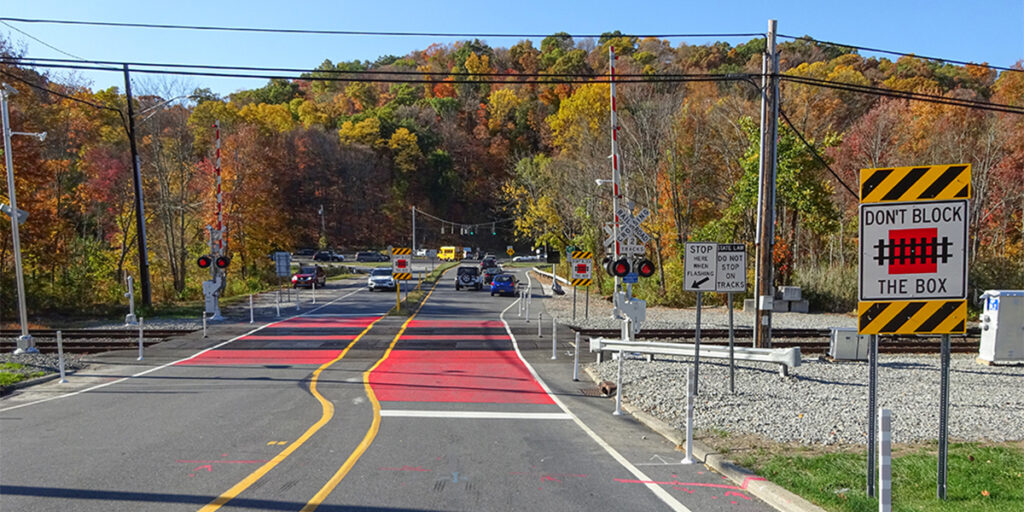
Active Stopped on Tracks Warning System
Learn more about the ASTW system and its implementation at Roaring Brook Road.
Learn MoreJackson, like much of the group, gained her expertise from a mix of formal education, on-the-job experience and mentorship.
“You can’t exactly get a degree in grade crossing engineering,” explained Campbell. “While a few programs can create a foundation for the work, strong mentorship is what has helped me and much of the team develop our expertise.”
With this uncommon skillset, many members of the team choose to play an active role in promoting grade crossing safety nationwide. Spending the last 20 years in numerous organizations, including the National Committee on Uniform Traffic Control Devices, the American Railway Engineering and Maintenance-of-Way Association and Operation Lifesaver, Campbell has provided over 100 training seminars and been instrumental in the creation of several national standards.
“I always say the work we do today saves lives tomorrow,” said Campbell. “It’s important to make sure that mission continues on.”


